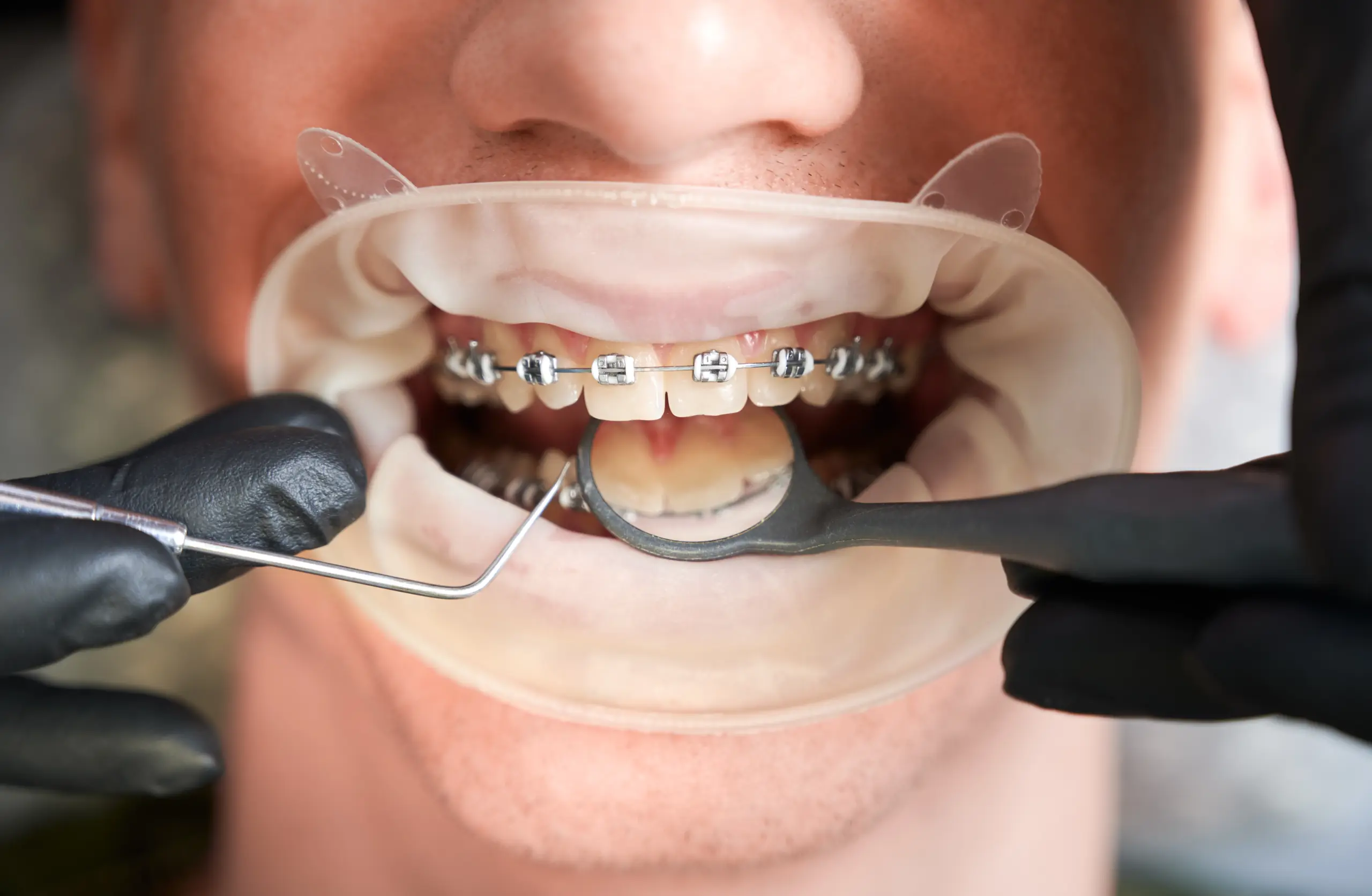If you’ve ever known someone who’s worn braces, or perhaps you’ve worn them yourself, then you’re already familiar with a small part of what it is all about. But, there’s much more to this dental speciality than meets the eye.
The Basics
So, what exactly is orthodontics? In essence, it’s a branch of dentistry that focuses on the alignment of the teeth and jaws. The word itself comes from the Greek words “orthos,” meaning straight or correct, and “odont,” meaning tooth. Hence, why i is all about making sure your teeth are ‘correct’ and well-aligned.
The Importance of Orthodontics
You might be wondering why it matters if your teeth are straight or not. Well, it’s not just about having a stunning, photogenic smile (though that’s certainly a nice perk!). Properly aligned teeth can contribute greatly to your overall oral health.
Misaligned teeth can lead to a variety of problems. They might cause discomfort when chewing, or perhaps even lead to speech difficulties. More importantly, they can increase the risk of tooth decay and gum disease since they’re often harder to clean properly.
The Orthodontist
An orthodontist is a dental specialist who has undergone additional training, usually for three years, beyond dental school to specialise in diagnosing and treating misaligned teeth and jaws. This training equips them with the knowledge and skills to use a variety of tools and techniques to move teeth and adjust jaw structures.
The Treatment
One of the most common orthodontic treatments is, of course, braces. These are devices used to apply gentle pressure to your teeth over time, gradually moving them into the desired position. Braces aren’t just for teenagers either – more adults are opting for orthodontic treatment these days too.
Aside from traditional braces, orthodontists use a range of other appliances. Removable devices, such as aligners, are an increasingly popular choice for adults and teenagers alike due to their discreet appearance. Retainers, meanwhile, are often used after braces are removed to ensure teeth don’t shift back to their original position.
In more complex cases, orthodontists may use special fixed appliances or even perform orthognathic surgery. This involves surgically moving the jaws to correct severe alignment problems.
The Journey
Orthodontic treatment is not a quick fix; it’s more of a journey. Treatment times vary from person to person, depending on the complexity of the issue, but they typically last between 18 months to two years.
The process starts with a consultation, where the orthodontist will conduct a thorough examination of your teeth and mouth. They may take X-rays or make plaster models to get a clear picture of what’s going on.
Once they have a good understanding of your situation, they’ll discuss the best treatment options with you. It’s important to remember that every person’s journey is unique, so your treatment plan will be tailored to suit your specific needs and lifestyle.
In conclusion, orthodontics is a fascinating field that plays a crucial role in promoting oral health and confidence in our smiles. Whether you’re considering orthodontic treatment for yourself or your child, remember that the journey may be long, but the rewards – a healthy, beautiful smile – are well worth it. So why not take the first step and book a consultation with our orthodontic team today!




